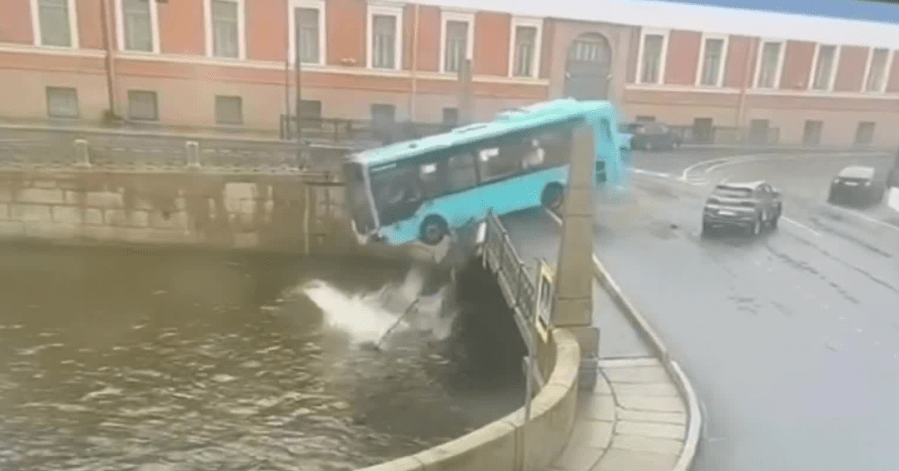Search results
News about bus, St. Petersburg, river
News about Texas State University, fisherman, Graduate College
News about Chicago River, I-94, plastic litter
News about N.W.T., Chinook salmon, cargo
Cast
Episode Guide
- 1. S1 E1 Oct 13, 2015
- The mother of a murdered teenager blames John River for failing to find her daughter.
- 2. S1 E2 Oct 20, 2015
- River's mental fragility is further strained as he begins to suspect a man's innocence.
- 3. S1 E3 Oct 27, 2015
- The discovery that Stevie was keeping secrets forces River to reassess how well he knew his friend.
Apr 26, 2024 · river, (ultimately from Latin ripa, “bank”), any natural stream of water that flows in a channel with defined banks . Modern usage includes rivers that are multichanneled, intermittent, or ephemeral in flow and channels that are practically bankless. The concept of channeled surface flow, however, remains central to the definition.
Oct 19, 2023 · A river is a ribbon-like body of water that flows downhill from the force of gravity. A river can be wide and deep, or shallow enough for a person to wade across. A flowing body of water that is smaller than a river is called a stream, creek, or brook. Some rivers flow year-round, while others flow only during certain seasons or when there has ...
River. The Amazon River (dark blue) and the rivers which flow into it (medium blue). A river is a natural flowing watercourse, usually a freshwater stream, flowing on the Earth's land surface or inside caves towards another waterbody at a lower elevation, such as an ocean, sea, bay, lake, wetland, or another river.
- Anatomy of a River. No two rivers are exactly alike. Yet all rivers have certain features in common and go through similar stages as they age. The beginning of a river is called its source or headwater s. The source may be a melting glacier, such as the Gangotri Glacier, the source of the Ganges River in Asia.
- Rivers Through History. Rivers have always been important to people. In prehistoric times, people settled along the banks of rivers, where they found fish to eat and water for drinking, cooking, and bathing.
- Rivers of Asia. Asia’s longest and most important river is the Yangtze, in China. It flows from the Dangla Mountains, between Tibet and China’s Qinghai province.
- Rivers of South America. The strength of the Amazon River in South America dwarf s all other rivers on the planet. The amount of water flowing through the Amazon is greater than the amount carried by the Mississippi, the Yangtze, and the Nile combined.
Jun 6, 2018 · Flowing water finds its way downhill initially as small creeks. As small creeks flow downhill they merge to form larger streams and rivers. Rivers eventually end up flowing into the oceans. If water flows to a place that is surrounded by higher land on all sides, a lake will form. If people have built a dam to hinder a river's flow, the lake ...
Rivers are also the lifeblood of human civilizations. They supply water to cities, farms, and factories. Rivers carve shipping routes around the globe, and provide us with food, recreation, and ...
A river is a stream of water that flows through a channel on the surface of the ground. The passage where the river flows is called the river bed and the earth on each side is called a river bank. A river begins on high ground or in hills or mountains and flows down from the high ground to the lower ground, because of gravity.



